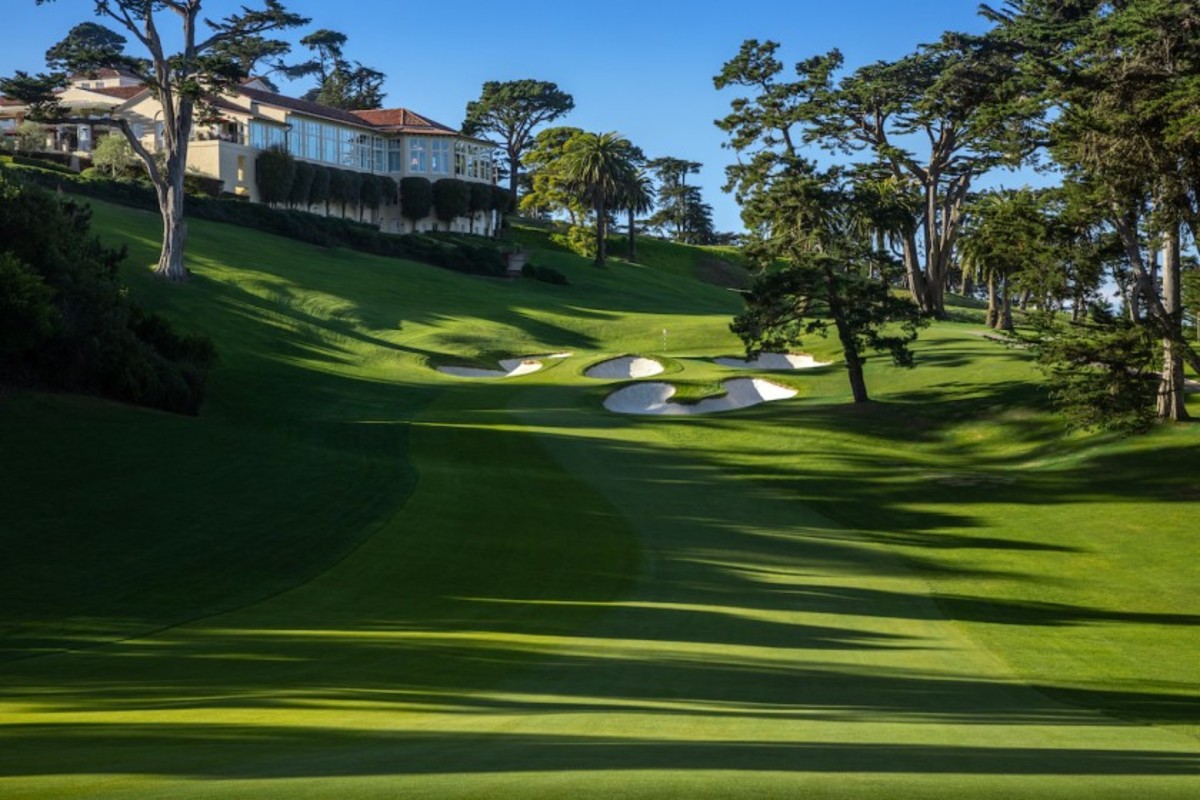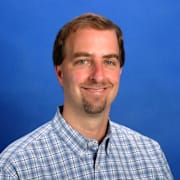It's an Olympic year for women's golf in more ways than one

SAN FRANCISCO – This observation will not thrill Jin Young Ko and Inbee Park, or Sei Young Kim and Nelly Korda, or Brooke Henderson and Danielle Kang. They stand proudly atop the women’s world ranking, fully deserving of their status as the top players on the planet.
Historically, that doesn’t matter much at the Olympic Club.
This week’s U.S. Women’s Open counts as a tantalizing, sidehill stroll through golf history. Olympic’s daunting and distinctive Lake Course, tucked into the southwest corner of San Francisco, boasts a rich heritage, notably as host of five U.S. Opens, three U.S. Amateurs and two Tour Championships.
And now, for the first time, Olympic will be the site of the marquee event in women’s golf. (Tee times were released Monday by the USGA.)
Just be prepared, ladies. Bring extra pullovers in case the marine layer lingers in the morning, bathing the course in bone-chilling fog. Bring the sharpest version of your short game, because you will need it around the oh-so-small greens. Bring extra patience, to cope with straight-as-an-arrow tee shots skidding along the sloped fairways and often coming to rest in the rough.
Also, do not expect the biggest name or best player to cradle the trophy Sunday. That’s not how the Olympic Club rolls.
It’s a curious tradition for a curious layout. The Lake Course features no water hazards and exactly one fairway bunker (on No. 6), and yet it counts as one of the most difficult tracks around. No player finished below par for 72 holes in the 1998 or 2012 U.S. Opens held there. None.
Even more curiously, Olympic’s final-round leaderboard always seems to feature at least one of the game’s most accomplished players. They just never win.
Ben Hogan held a commanding lead in the 1955 Open, just as Arnold Palmer did in ’66. Tom Watson was right there in 1987, as was Payne Stewart in ’98. Jim Furyk and Graeme McDowell, each with a U.S. Open title to his name, smelled victory again in 2012.
None of them won. Olympic owns this strange, stubborn insistence on crowning “the other guy.”
Jack Fleck, an obscure club pro from Iowa, stunned Hogan. Billy Casper, a Hall of Famer but no Arnie, chased down Palmer. Scott Simpson outdueled Watson, Lee Janzen marched past Stewart, and Webb Simpson nudged aside Furyk and McDowell.
So maybe a solid, below-the-radar LPGA player – someone in the top 40 but not the top 10 – is thinking, Hmmm. I’ve got a chance.
Absolutely. Another thing to know about Olympic: History indicates that power is not a prerequisite. That’s true despite the course playing much longer than it looks on the scorecard – 6,486 yards this week for the women, 7,170 for the men nine years ago – because the ball doesn’t travel as far in the cool coastal air. (The course is less than a mile from the Pacific Ocean).
Even so, the Lake Course rewards precision as much as power. Shape the ball both ways off the tee. Control iron shots off of awkward lies into those elusive greens. Deftly escape deep bunkers. Putt like a magician.

(One brief aside: I was stuck in the crazy-steep bunker in front of No. 18 green during a recent round at Olympic. Literally couldn’t see the putting surface. Felt like Muggsy Bogues. Not advisable.)
Golf Channel analyst Brandel Chamblee, during a conference call last week to preview this Women’s Open, told a story about his first Open, at Olympic in ’87. In each of the first two rounds, he hit his tee shot on No. 17 toward the left corner of the fairway, knowing it tilts severely right.
Both times, Chamblee thought he hit a really good shot. Both times, the ball trickled all the way down to the first cut or the rough on the right side of the fairway, leaving him a long iron into a small, elevated green.
“It was almost impossible to hit that green in two,” Chamblee said. “Olympic is a beast.”
But it’s a beast that the women deserve to tackle. Give the USGA props for bringing its signature championship to venues that resonate with casual fans. Paula Creamer won at Oakmont in 2010. Michelle Wie won at Pinehurst in 2014.
Now the Women’s Open comes to Olympic. In two years, it goes to Pebble Beach. This matters, absolutely.
“It’s massive and really historic to have the women play these courses where the men have traditionally played,” said Golf Channel reporter Kay Cockerill, a San Francisco resident and Olympic Club member since 2002.
“They have so much history on these courses like Olympic – to finally host the U.S. Women’s Open, it’s about time, I say. I’m really happy it’s happening now.”
But don’t be surprised if the biggest star comes up just short.
Sign up to receive the Morning Read newsletter, along with Where To Golf Next and The Equipment Insider.
